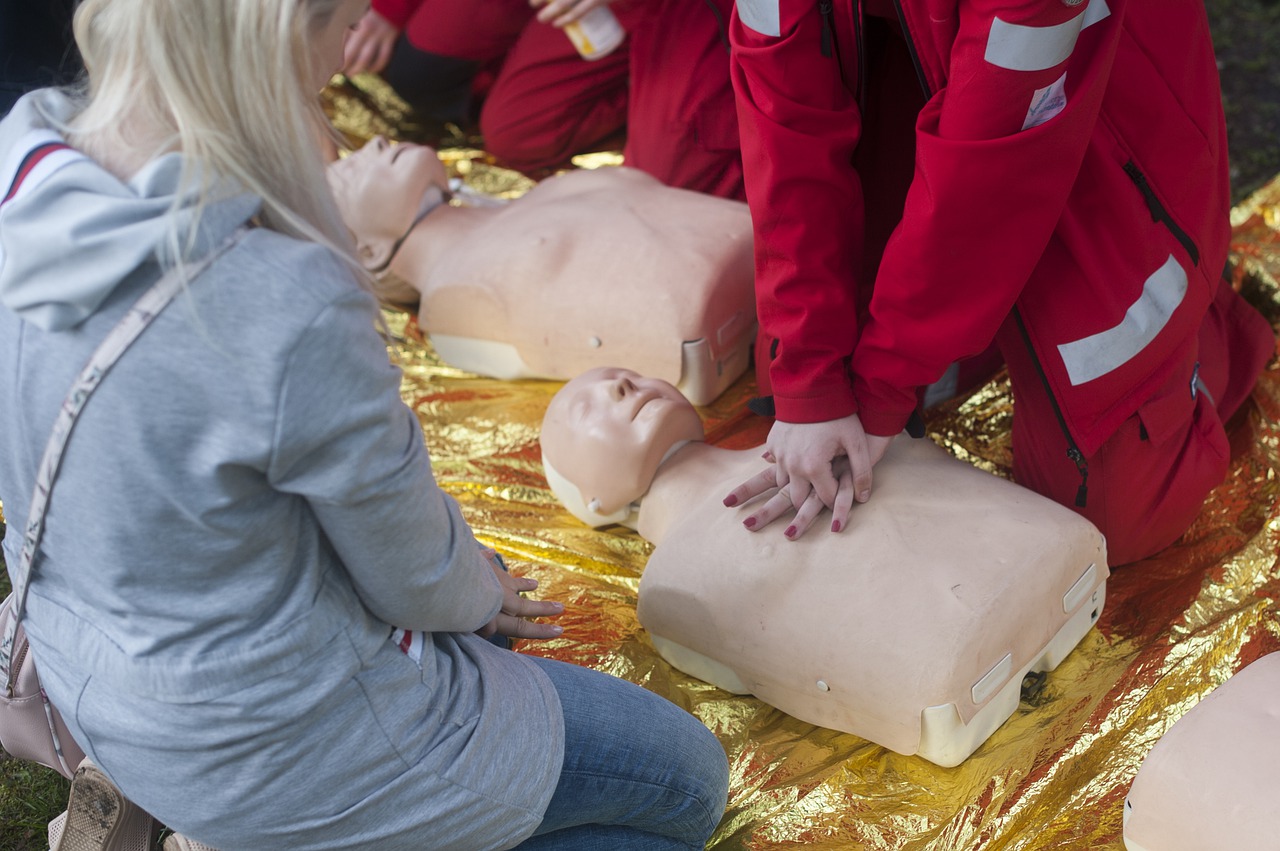Complete Guide on Advanced Cardiovascular Life Support
Advanced Cardiovascular Life Support (ACLS) is a course for healthcare professionals that teaches them how to diagnose and treat cardiovascular emergencies. These professionals need to recognize the signs of trouble and what treatments are available. Learners can get the training and certification onsite or online training courses. If you choose the online training course, you might know about the algorithms for future certification. This blog post will give you some guidance on understanding ACLS, so you can be confident in your ability to save someone’s life!
Overview of Advanced Cardiovascular import
 So, what is the Advanced Cardiovascular Life Support? It’s a course designed to teach healthcare professionals to diagnose and treat cardiovascular emergencies. It includes cardiac arrest, respiratory arrests, shock, pulmonary embolism, or acute coronary syndrome. It works as an advanced step in cardiopulmonary resuscitation (CPR) and emergency cardiovascular care. The goal of ACLS is to improve the survival rate for patients with cardiovascular emergencies.
So, what is the Advanced Cardiovascular Life Support? It’s a course designed to teach healthcare professionals to diagnose and treat cardiovascular emergencies. It includes cardiac arrest, respiratory arrests, shock, pulmonary embolism, or acute coronary syndrome. It works as an advanced step in cardiopulmonary resuscitation (CPR) and emergency cardiovascular care. The goal of ACLS is to improve the survival rate for patients with cardiovascular emergencies.
Two Types of ACLS Algorithms
The ACLS algorithm is a series of steps that healthcare providers use to treat cardiac arrest. The algorithm is designed to help providers make the best treatment decision for each patient. There are two types of ACLS algorithms: adult and pediatric. The adult algorithm is for patients who are 18 years or older. The pediatric algorithm is for patients who are younger than 18 years old. Each algorithm has a series of steps that providers follow to treat the patient.
The steps in each algorithm are based on the latest scientific evidence about how to treat cardiac arrest best. The adult and pediatric algorithms also have different sections. There are sections for stable patients and unstable patients. The algorithms also have additional steps based on whether the patient is receiving CPR or not.
Examples of Treatments During ACLS
The following are examples of some treatments that providers do during ACLS. First, they can check for pulse, breathing, and airway. It includes feeling the neck to check for a carotid pulse and listening for breathing. Providers will also open the airway to check for obstruction. Providers can also administer oxygen. If the patient is not breathing, providers will give them oxygen using a mask or bag-valve-mask resuscitator.
They can also perform chest compressions. Healthcare providers will use an automated external defibrillator (AED) or manual CPR to perform chest compressions. Chest compressions help keep blood flowing through the body and maintain oxygen levels until professionals give better treatments. There is still more of what they can do to help the patients.
In summary, the ACLS algorithm is a series of steps that healthcare providers use to treat patients with cardiovascular emergencies. The steps are based on the latest scientific evidence about best treating these patients. There are two types of algorithms: adult and pediatric. The adult algorithm is for patients who are 18 years or older, and the pediatric algorithm is for patients younger than 18 years old.

